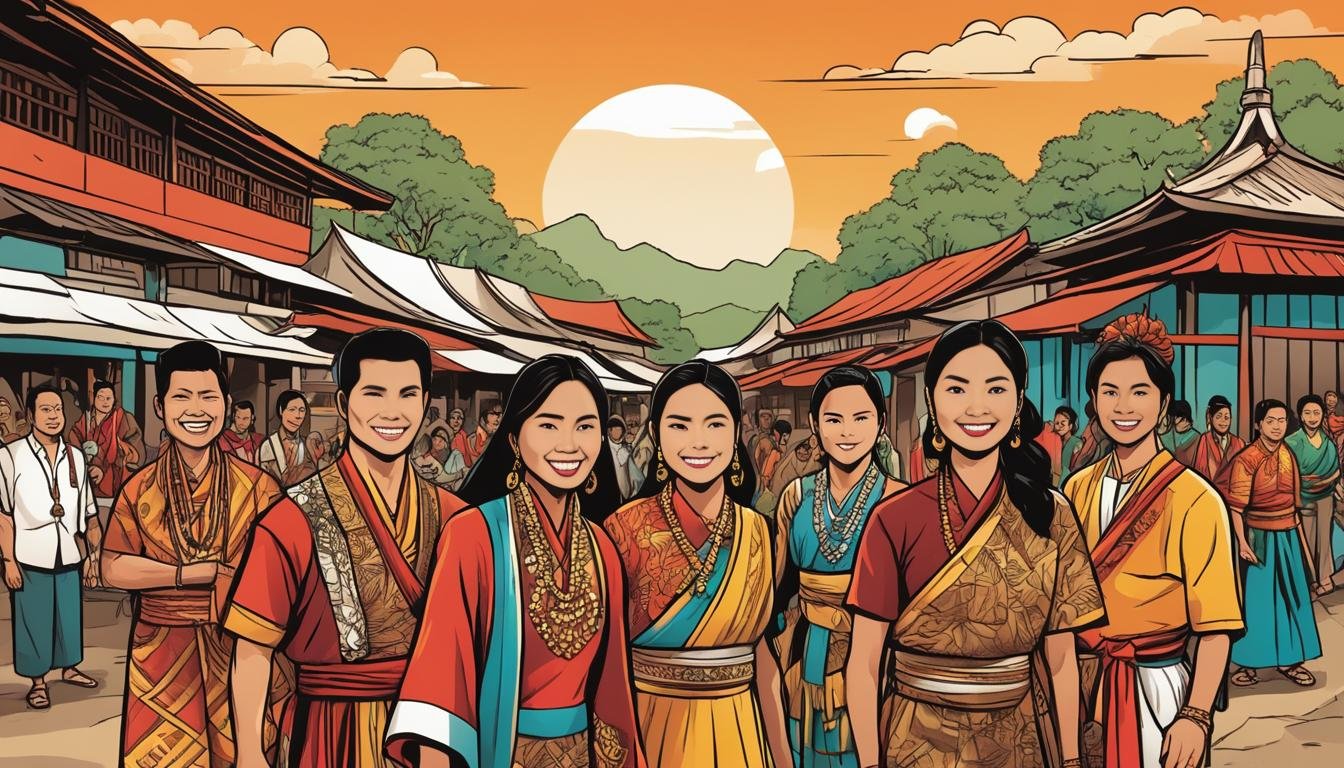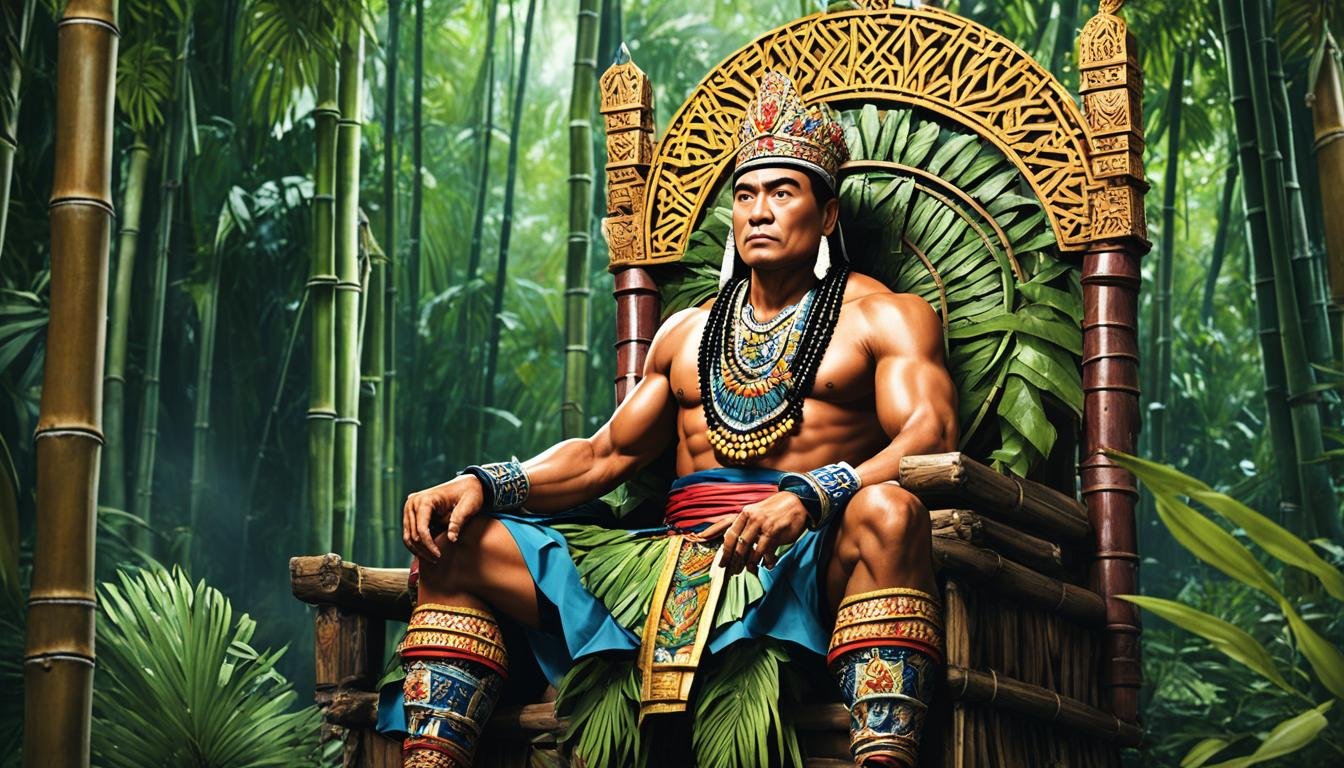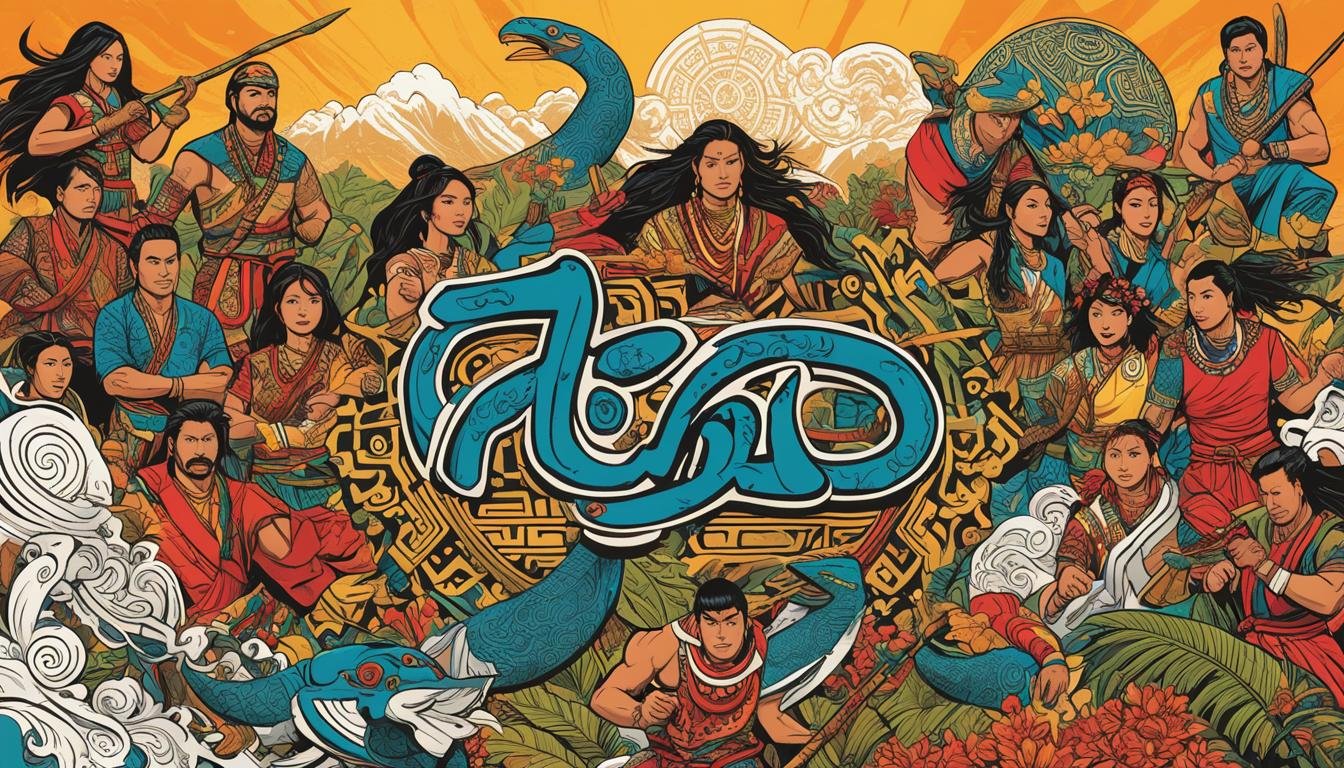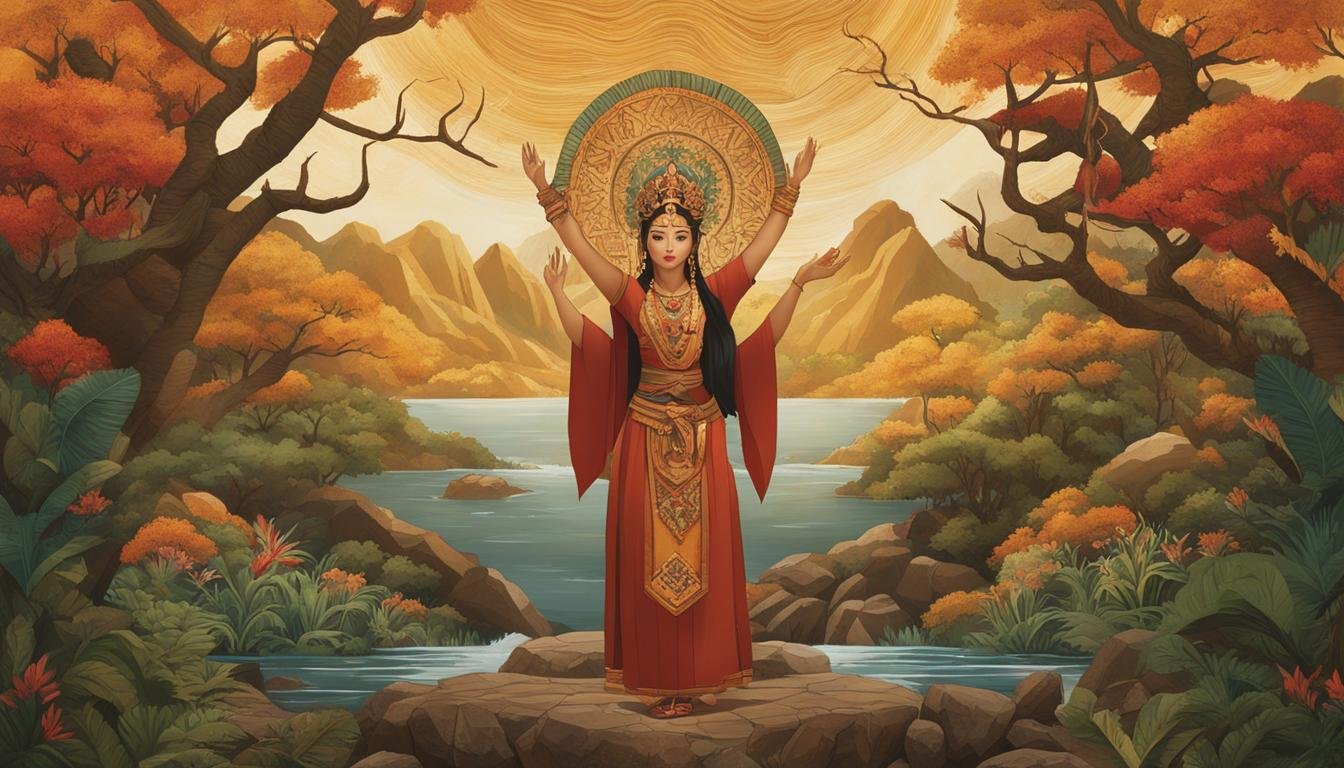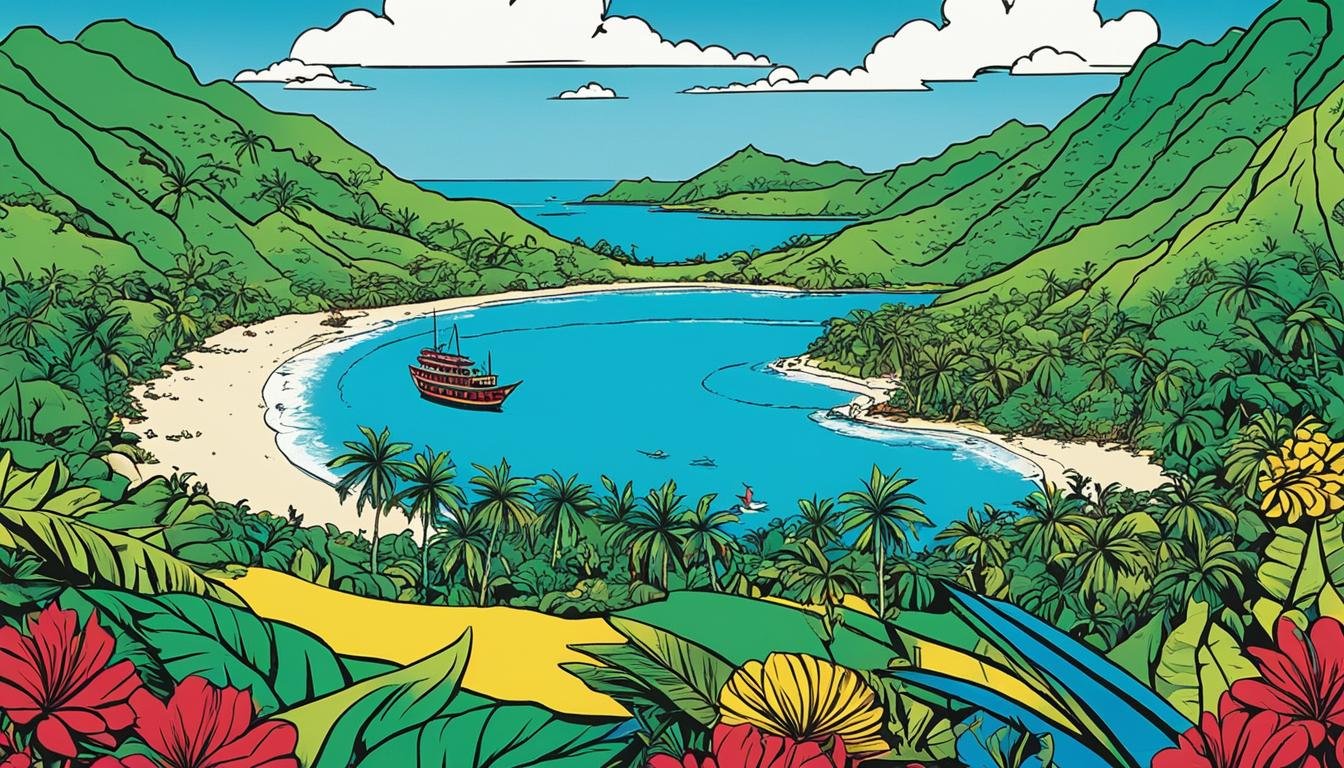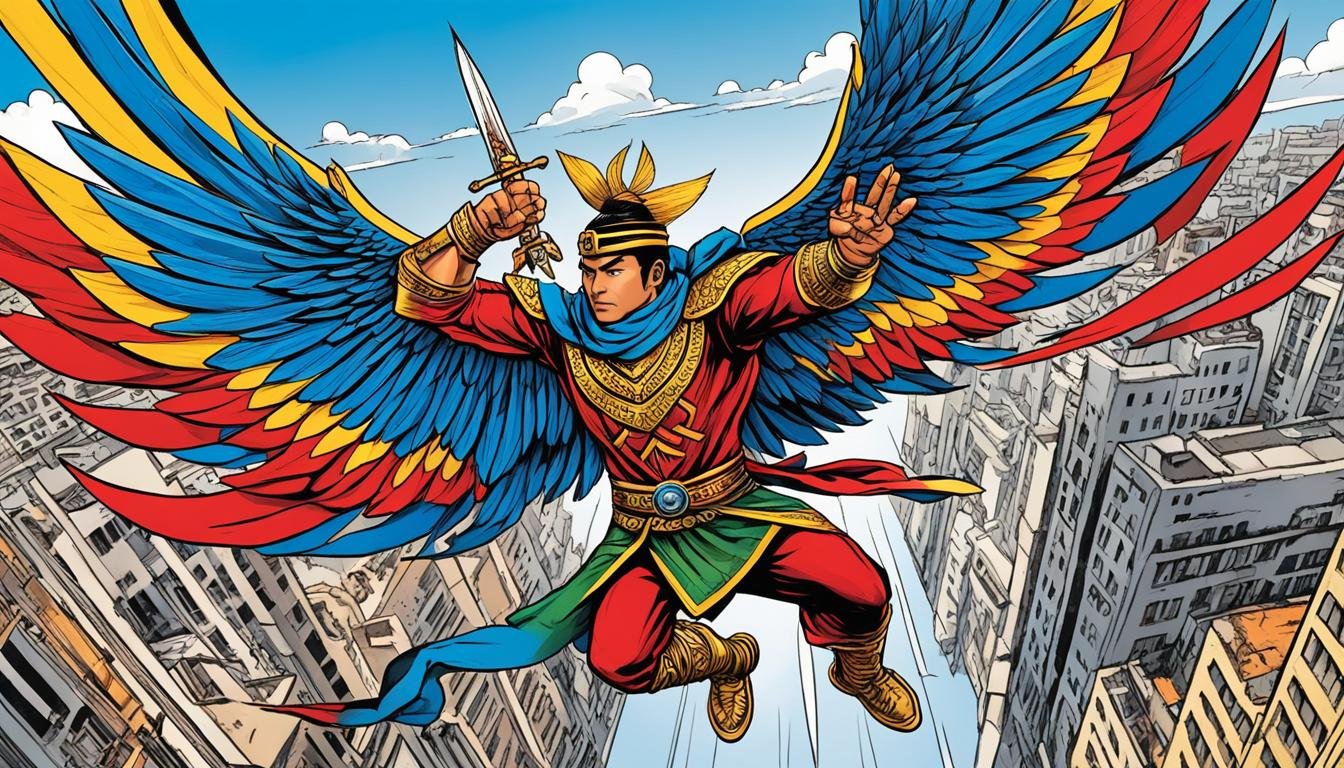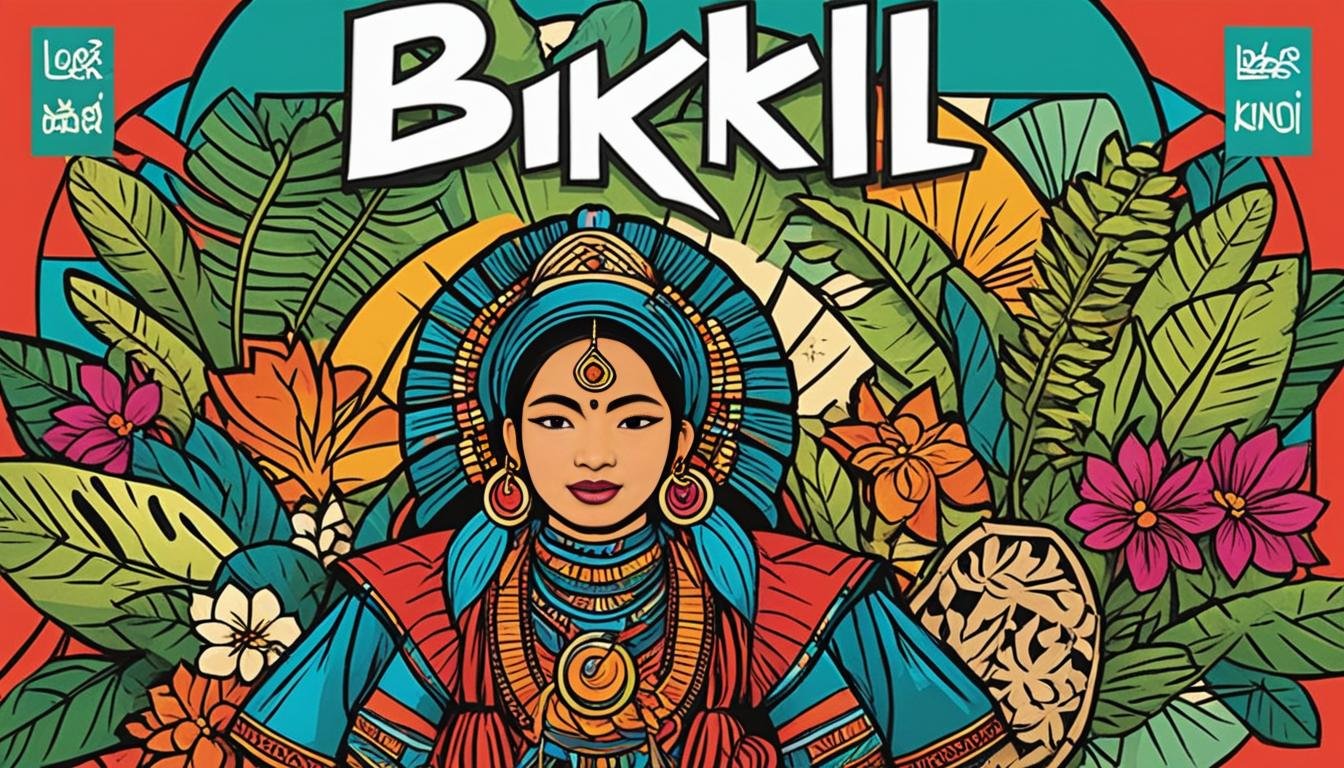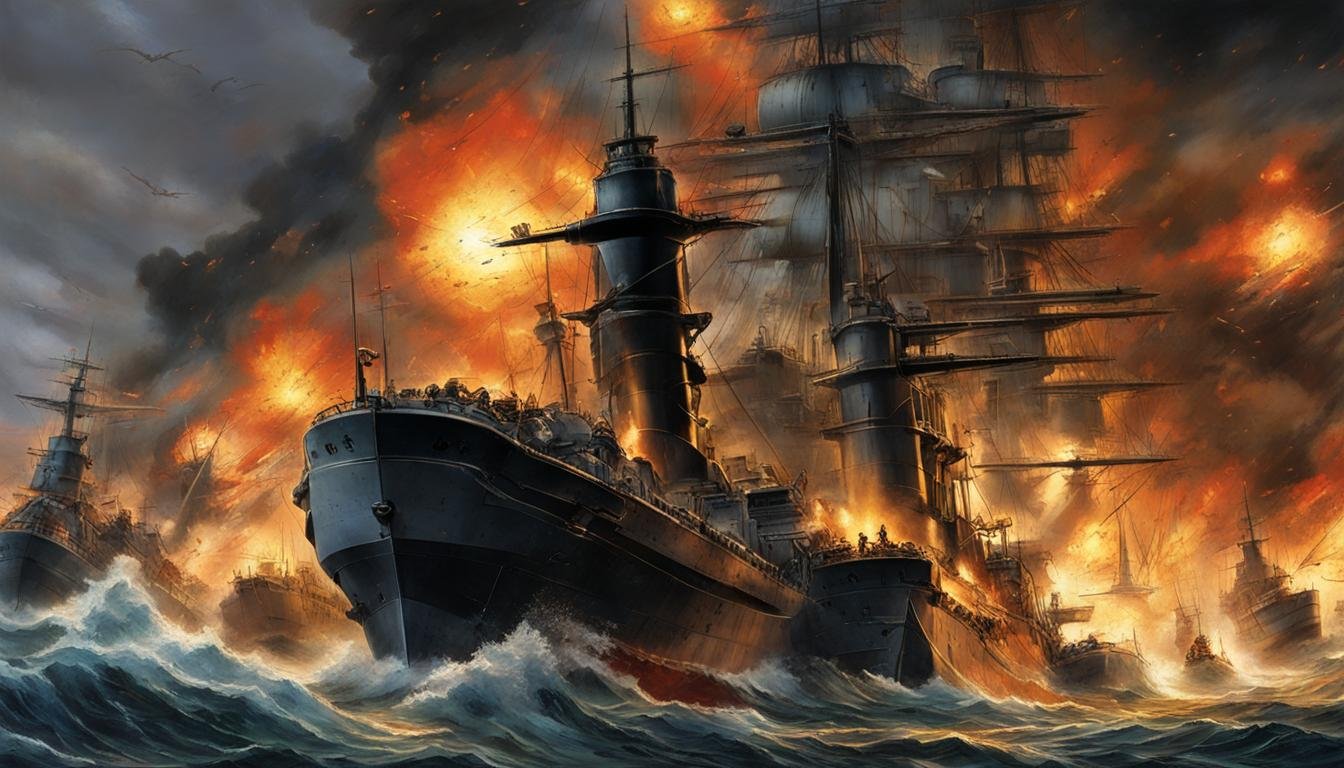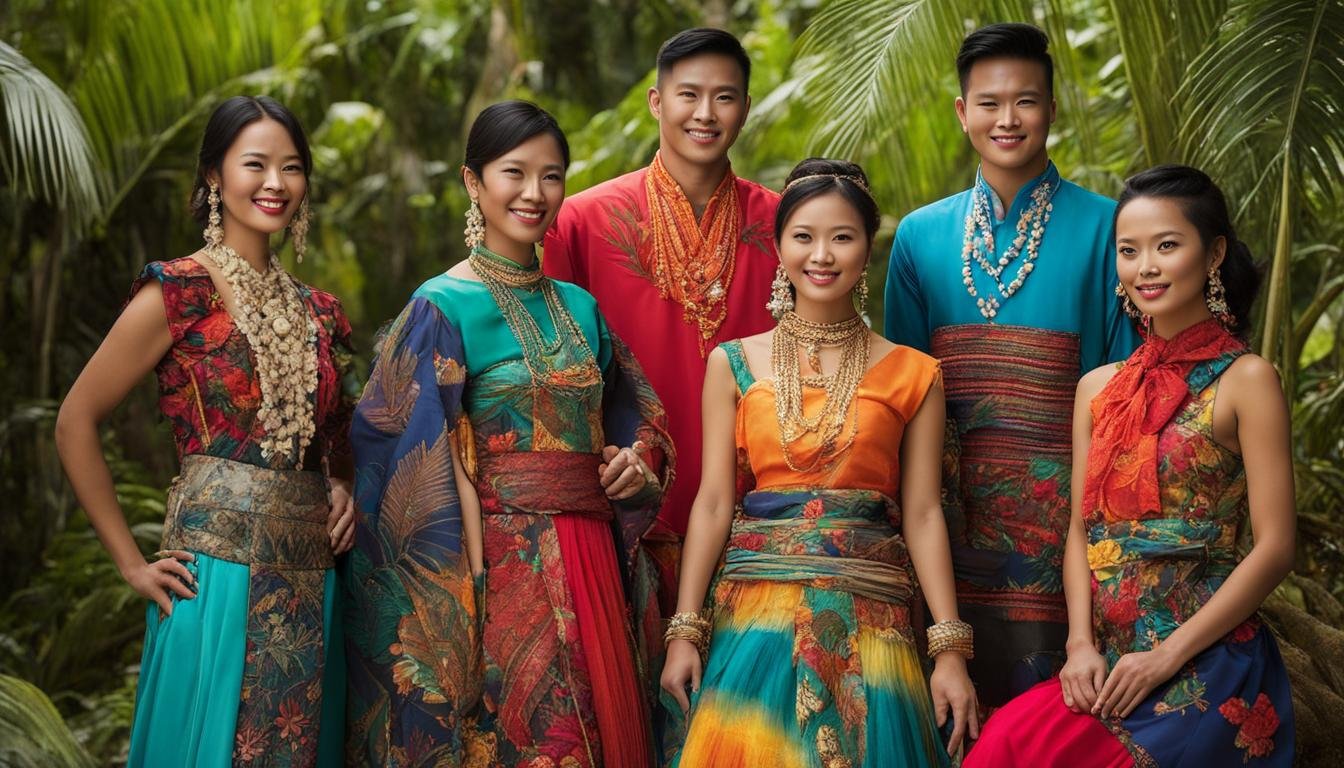The archipelago that would one day become the Philippines was, for millennia before colonial encounters, a vibrant nexus of trade, culture, and resource extraction. Among the most prized resources sought both domestically and by foreign traders was gold. While much historical focus often centers on the grand maritime trade networks, equally vital were the intricate…
Hiligaynon Language of the Philippines
The Philippines is an archipelago nation renowned for its rich tapestry of cultures and languages. Among the major linguistic groups that form the vibrant mosaic of the Filipino identity, the Hiligaynon Language holds a significant place. Spoken predominantly in the Western Visayas region of the Philippines, particularly in the provinces of Iloilo and Negros Occidental,…
Datu Manduyog: A Historical Legacy in Aklan
The tapestry of Philippine history is rich with narratives, some woven from documented events, others from the vibrant threads of oral tradition and epic tales. Among the figures who bridge these realms is Datu Manduyog, a name deeply embedded in the lore of Aklan history. While his story is primarily chronicled within the pages of…
Austronesian Language Family
The islands that comprise the modern Republic of the Philippines are a vibrant mosaic of cultures, peoples, and, most strikingly, languages. This extraordinary linguistic diversity Philippines is not a product of random chance, but rather the deep-seated legacy of one of the most remarkable human expansions in history: the Austronesian migration. The Austronesian Language Family,…
Babaylan: Embodying Indigenous Wisdom and Spiritual Leadership
The rich tapestry of Philippine History is woven with threads of diverse cultures, complex social structures, and profound spiritual beliefs that existed long before the arrival of Western colonizers. At the heart of many indigenous communities in the Pre-Colonial Philippines stood a figure of immense importance: the Babaylan. More than just a priest or priestess,…
Understanding the Banguingui Ethnolinguistic Group
The Sulu Archipelago and the surrounding waters of Southern Mindanao are a cradle of diverse and dynamic ethnolinguistic groups, each with a unique story woven into the tapestry of Philippine history. Among these, the Banguingui Ethnolinguistic Group stands out, known for their formidable maritime history, intricate social structures, and significant, albeit often controversial, role in…
Balarao, The Winged Dagger: A Comprehensive Guide
The history of the Philippines is intricately woven with the stories of its people, their struggles, triumphs, and the tools and weapons they forged. Among the vast array of traditional bladed implements, the Balarao, often referred to as the Winged Dagger, stands out. More than just a weapon, the Balarao is a potent symbol of…
Bikol Language
The Bikol Language, often collectively referred to, represents a vibrant and complex group of languages spoken by the Bikolanos in the Bikol Region of the Philippines. Nestled primarily in the southeastern part of Southern Luzon, the Bicol Peninsula boasts a rich tapestry of history and culture, inextricably linked to its linguistic heritage. The story of…
Battle of Manila Bay: Key Facts and Outcomes
The dawn of May 1, 1898, broke over the calm waters of Manila Bay, forever altering the course of Philippine History and marking a decisive moment in the unfolding Spanish-American War. What transpired that morning was not just a naval engagement; it was a strategic victory that dismantled Spain’s centuries-old colonial hold on the Philippines…
Filipino Traditional Clothes: A Glimpse into Cultural Heritage
The threads that make up Filipino traditional clothes are more than just fabric and stitches; they are woven narratives of history, identity, and resilience. From the intricate patterns of indigenous textiles crafted in the highlands to the elegant silhouettes that graced colonial ballrooms, each garment tells a story of adaptation, resistance, and the enduring spirit…


